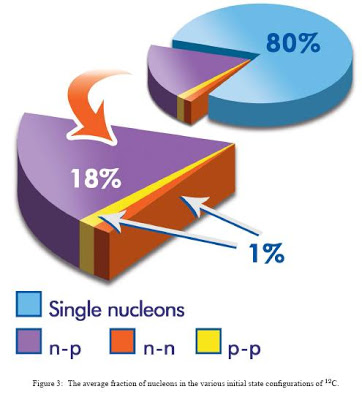Hypersonic Weapons and Rockets
India and Russia have agreed to develop and induct a new hypersonic version of their joint venture 174 miles-range BrahMos cruise missile by 2015. The new missile will be known as ‘BrahMos-2’ and will have a speed of over 6 Mach (around 3,600 miles per hour) with a striking-range of 174 miles. NASA Hypersonic ProjectNASA …






